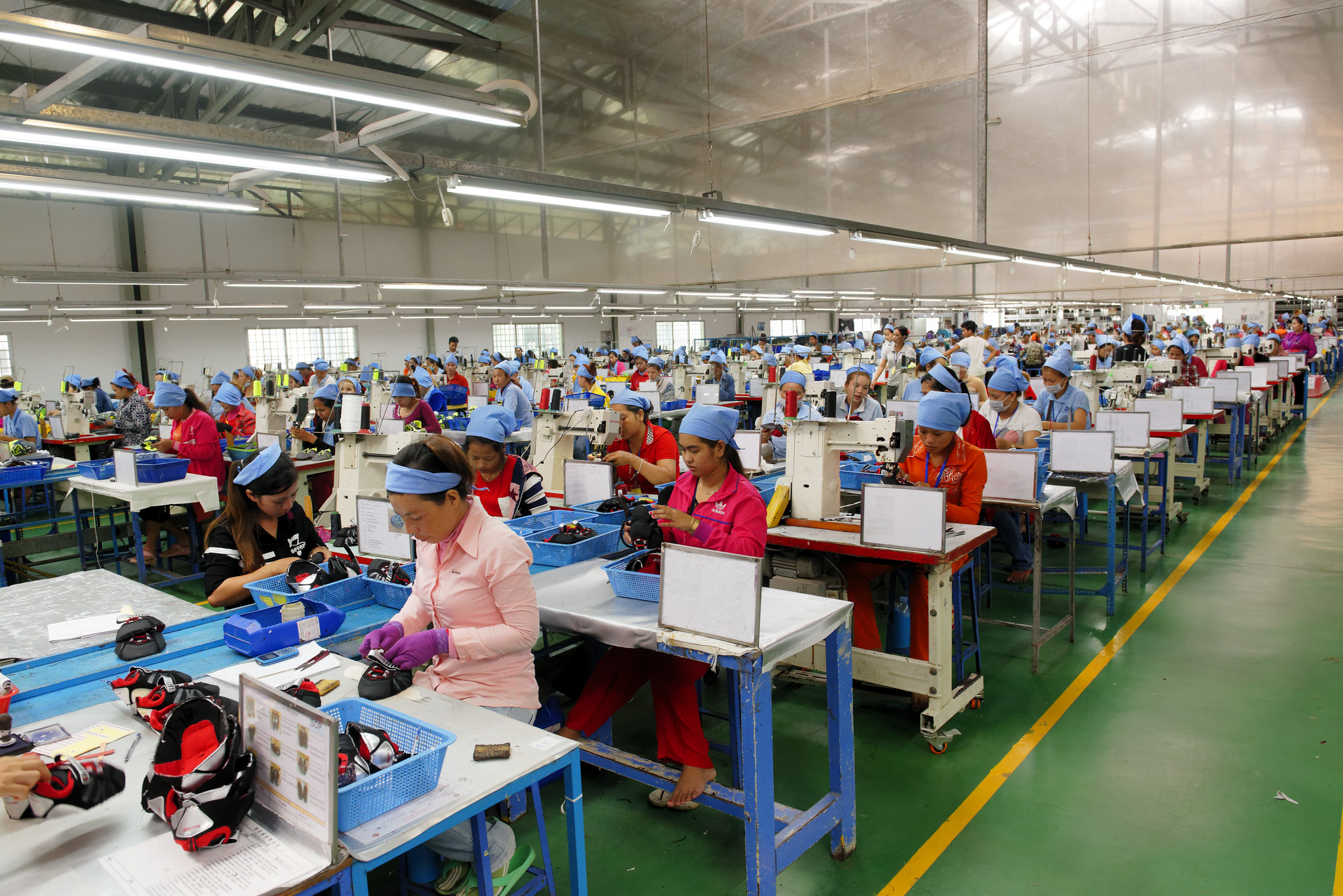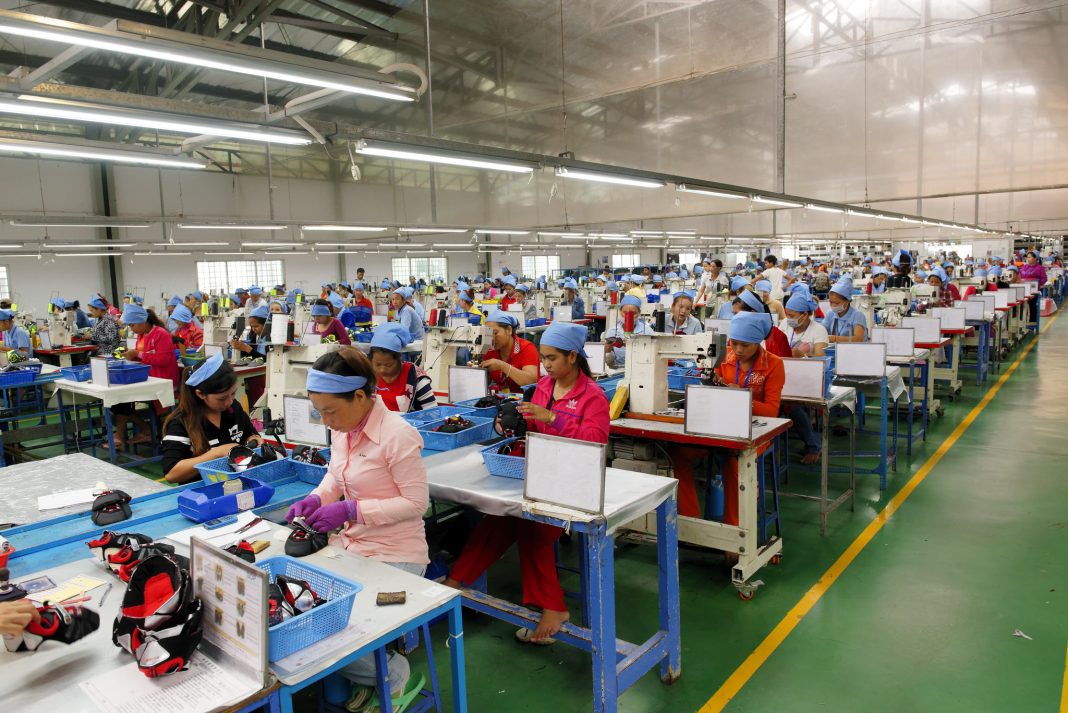 Labor Productivity and Unit Labor Costs Show Slower Growth in Q1 2024
Labor Productivity and Unit Labor Costs Show Slower Growth in Q1 2024
Labor productivity and unit labor costs in the United States rose less than initially estimated in the first quarter of 2024, according to revised data from the Bureau of Labor Statistics (BLS). The final estimate showed that non-farm worker productivity increased at an annualized pace of 0.2 percent, lower than the initial forecast of 0.3 percent. This growth rate was also significantly lower than the 3.5 percent growth reported in the fourth quarter of 2023.
Meanwhile, unit labor costs, which measure the cost of labor required to produce one unit of output, increased by 4 percent on an annualized basis. However, this figure was revised downward from the initial reading of 4.7 percent. Compared to the previous year, unit labor costs only grew by 0.9 percent, the slowest rate in three years. In the final quarter of 2023, unit labor costs actually declined by 2.8 percent, a revision from the initial report of no change.
The revisions made by the Labor Department also affected wage growth figures. Real (inflation-adjusted) hourly compensation was revised from 1.1 percent to 0.4 percent in the first quarter. In the manufacturing sector, real wage growth was adjusted downward from negative 0.4 percent to negative 0.6 percent. Furthermore, real hourly compensation has been down 4.4 percent since January 2021, and real median weekly earnings have decreased by about 2 percent over the past three years.
These numbers indicate a slowdown in the U.S. economy and raise concerns about future consumer spending and wage growth. Shernette McLeod, an economist at TD Bank, suggests that the downward revision to Q1 consumer spending and lackluster start to Q2 point to a slowing economy. She predicts that labor demand will continue to soften and wage growth will decelerate, exerting further downward pressure on consumer spending.
In addition to the labor productivity data, other labor metrics released this week also paint a mixed picture of the U.S. job market. Initial applications for unemployment benefits increased by 8,000 to 229,000, higher than the consensus estimate. Continuing jobless claims rose slightly to 1.792 million, while the four-week average dipped to 222,250. The number of job cuts announced by U.S.-based companies in May decreased by 20.3 percent compared to the previous year, but hiring announcements reached a decade low.
ADP, a payroll processor, reported that private businesses hired 152,000 workers in May, which was below market expectations. Most job creation was concentrated in the services sector. Annual pay gains for job-changers also slipped for the second straight month to 7.8 percent, indicating a slowdown in pay growth.
These labor market indicators suggest that the U.S. economy is slowing down. While this may be seen as good news for the Federal Reserve, which has been looking for signs of a slowdown before considering interest rate cuts, further inflation data is needed to determine the next steps. The upcoming Consumer Price Index (CPI) report will be crucial in assessing inflation trends. Currently, the CPI is anticipated to remain unchanged at 3.4 percent, while core CPI is projected to stay flat at 3.6 percent.
The Federal Reserve has emphasized the need to achieve its 2 percent inflation target before considering rate cuts. However, with other central banks already cutting rates before reaching this target, there is speculation that the Federal Reserve may follow suit. The futures market currently predicts a 25-basis-point reduction in September. Ultimately, the decision will depend on the inflation data and its implications for the U.S. economy.

